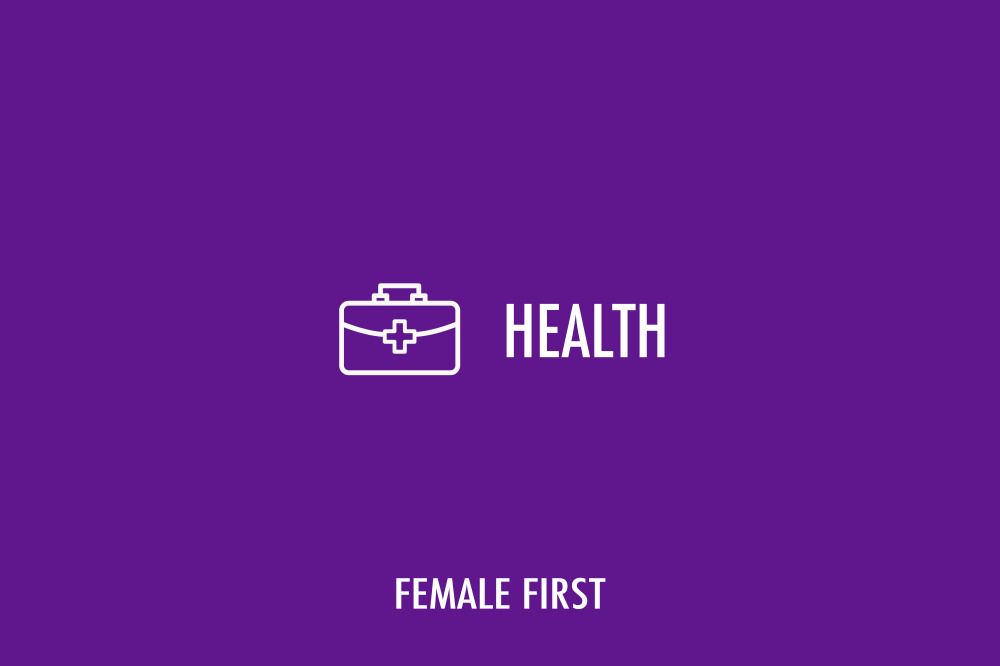Last year, Britain’s GUM clinics treated 98,000 women for the common but little known condition, bacterial vaginosis (BV).

Health on Female First
Reports show that an estimated one in three women in the UK are affected by BV, twice as many as by thrush, but that two thirds misdiagnose their symptoms as thrush. Women’s intimate healthcare brand Balance Activ warns women not to rush to always think it’s thrush...
While thrush can eventually go away on its own, BV can have serious health implications if left untreated, such as reduced fertility and an increased risk of contracting STIs. If present during pregnancy, BV can lead to women being six times more likely to miscarry and twice as likely to give birth prematurely. Despite these shocking statistics a worrying 61% of women are not even familiar with this common condition.
Here’s how to easily spot the difference between the two conditions:
Thrush
What is it? A yeast infection caused by the fungus called candida albicans, which lives harmlessly in the vagina. A change in conditions can lead to the symptoms of thrush appearing
What are the symptoms? Itching and soreness, and an unusual thick white discharge that looks a bit like cottage cheese
What triggers it? Wearing tight or synthetic clothing, pregnancy, certain antibiotics and scented products such as intimate deodorant or bubble bath
How can it be treated? With antifungal cream, pessaries, tablets, or a combination to ease the symptoms
What if it’s not treated? The condition will usually just go away by itself
Bacterial Vaginosis
What is it? A bacterial infection caused by the disruption of the pH levels of good bacteria in the vagina, leading to an overgrowth of bad bacteria
What are the symptoms? An embarrassing, fishy smelling discharge that is greyish-white in colour
What triggers it? BV is not due to poor hygiene but can in fact be triggered by excessive washing, the use of perfumed intimate products, prolonged menstruation, unprotected sex or vaginal douching – all of which can alter the usual 4.5 pH level
How can it be treated? With antibiotics, which kill the bad bacteria. Alternatively a lactic acid gel or pessary, treats the symptoms and eliminate odour by restoring the natural pH balance of the vagina
What if it’s not treated? The condition can lead to reduced fertility, premature birth and miscarriage, if present during pregnancy, and an increased risk of contracting STIs including HIV, gonorrhoea and chlamydia
Tagged in Health Women's Health

